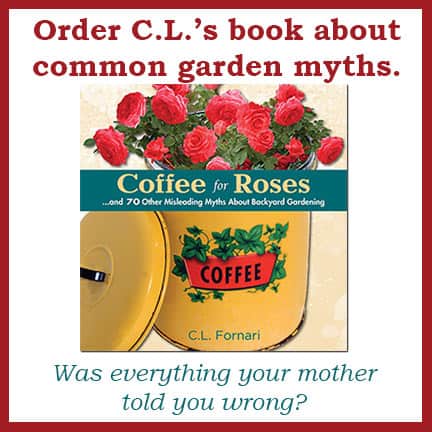I Love Swiss Chard
Name: Beta vulgaris subsp. vulgaris aka Swiss chard
Type of Plant: This leafy, green vegetable is one of my must grow edible plants. No one seems to know where the “Swiss” part of the name came from. But even if you just call it chard, this is a long-producing plant for the home garden.
Why I Love This: This green-leaf vegetable is hight in vitamins A, K, C, and E, not to mention various minerals. But beyond the nutritional value, this plant is versatile and delicious. You can pick the earliest leaves for salads and continue to harvest a few of the newest growth to eat raw. The older leaves are cut for cooked dishes where it can be used in any dish where you’d use spinach. Large leaves can be used in place of lasagna noodles or as a substitute for flatbread in wraps.
You don’t have to worry if the leaves get large – they are just as edible after two or three months of growth as they are early on.
A Word to the Wise: Sow seeds about six to eight inches apart in a row. If you plant a row every month you’ll have a continual supply of all sizes of to harvest. When picking the leaves for dinner cut them just below the bottom of the leaf, leaving the end of the stalk. When harvested in this way you’ll promote the growth of more foliage from the plant.
In some areas chard is troubled by flea beetles (use diatomaceous earth) or Cercospora leaf spot fungus. Be sure not to splash the leaves when you water and irrigate deeply but less often to avoid leaf spots. Spray with an organic fungicide such as Actinovate early in the season to help suppress fungal problems.
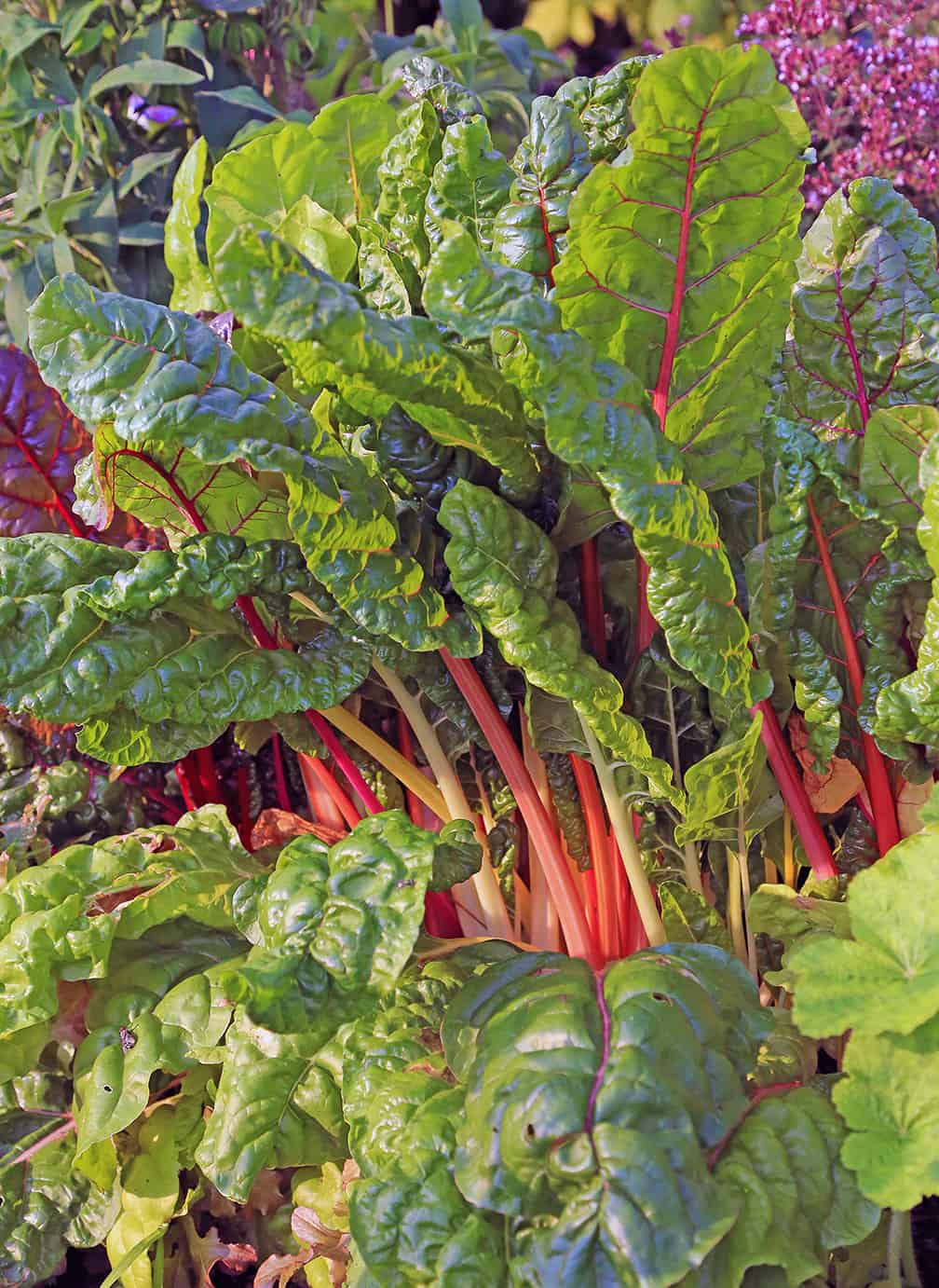
And as this photo shows, chard is also very ornamental. How can you NOT grow this plant???

In a Garden…
So why are we making it seem so hard? Walk through your gardens each evening with open eyes. Forget the work, what's left to be done, and what didn't succeed. It isn't difficult...

Preserving Home Grown Garlic
We harvested our garlic as usual in mid-July and hung it in the garden shed to dry for a couple of weeks. Last week it was time to take it down, cut off the stems and brush off the dirt. Yes, some of these heads we keep in the refrigerator for cooking, and some get...
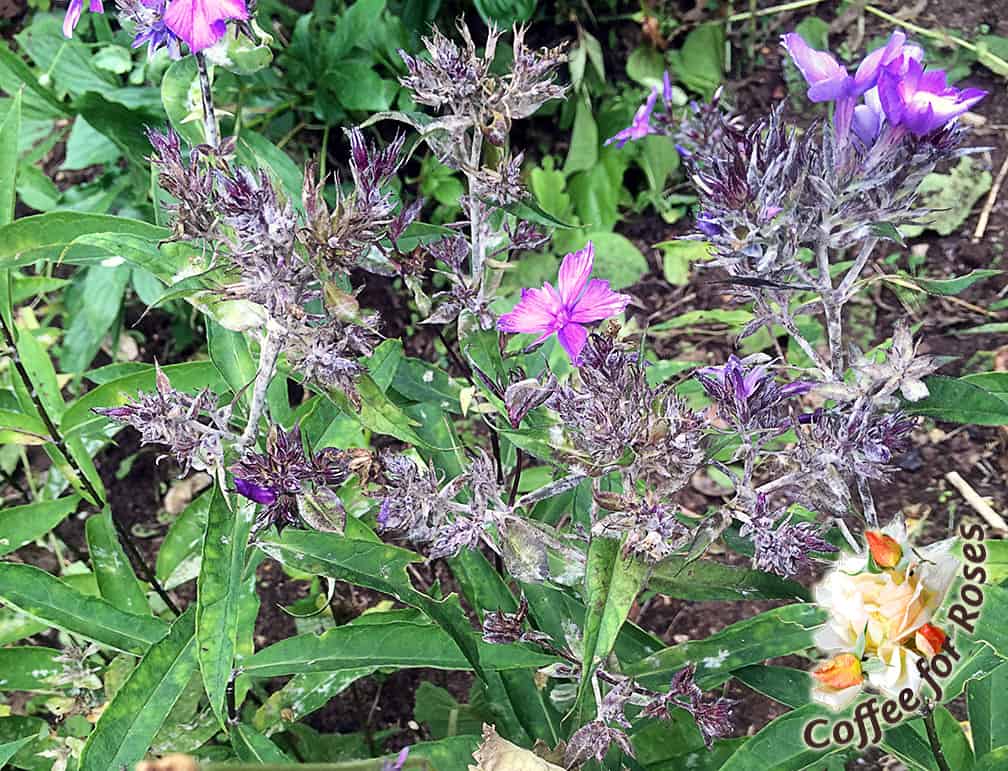
Mildew on Phlox
It has been a dry spring and summer on Cape Cod. This is good news for roses because it means less black spot, but bad for garden Phlox because it means more powdery mildew. This fungal disease is always worse in dry weather because when there are periodic downpours...
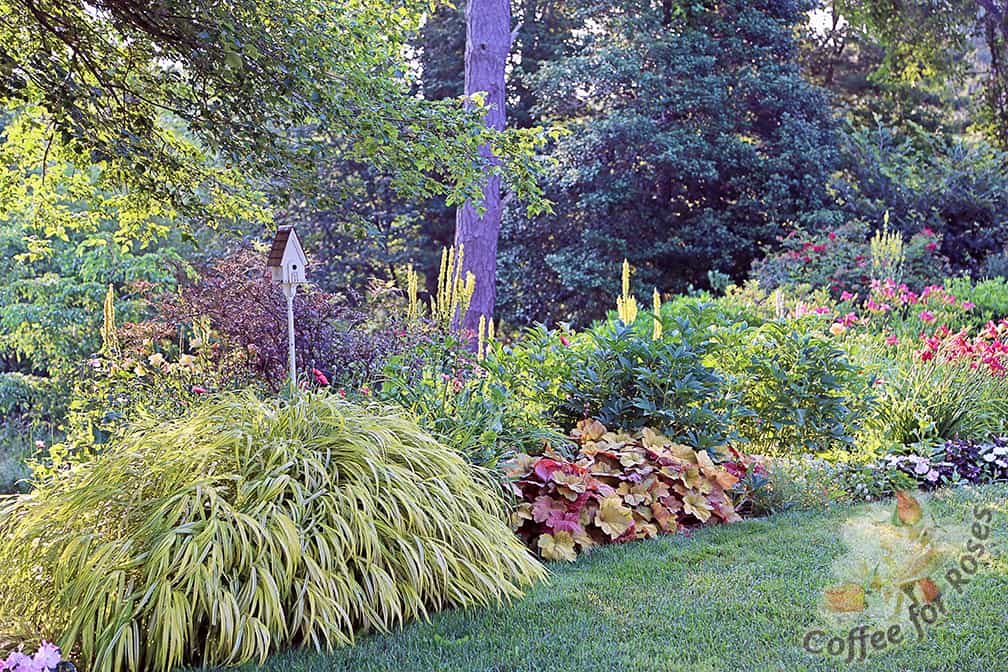
I Love Hakonechloa macra ‘Aureola’
Name: Hakonechloa macra ‘Aureola’ aka Japanese forest grass or yellow hakon grass Type of Plant: A low-growing perennial grass for part-shade. Hardy in zones 4-9 Why I Love This: I love low-growing grass because it forms thick clumps that out-compete the weeds. It’s...

Tending Gardens and Taking a Breath
The Cape Cod Hydrangea Festival has ended and I'm taking a deep breath of thanks and appreciation, while turning once again to normal garden maintenance. I'm grateful for everyone who opened gardens, staffed and promoted open gardens, created add-on events and...

I Love Hosta ‘Wheee’
Name: Hosta ‘Wheee’ Type of Plant: An unusual, variegated Hosta that stays low and adds texture to the shade garden. Why I Love This: I value a low-growing Hosta because they grow thickly and choke out weeds. Many people don't think about low Hostas as a ground...
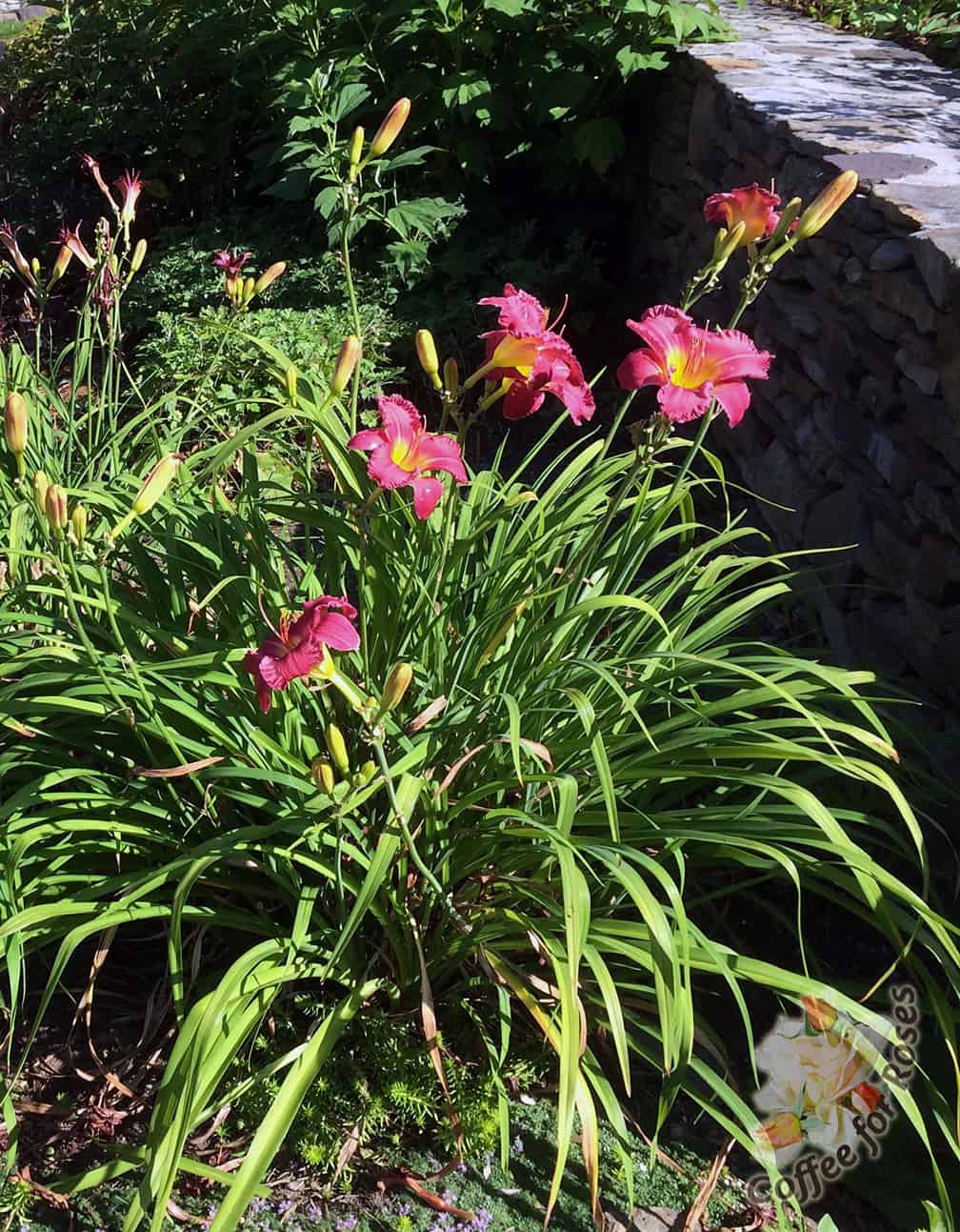
Deadheading June Flowering Daylilies
If you grow Stella de Oro, Happy Returns, or Early Bird Cardinal (aka 'Endless Heart') daylilies, your weekend project is to clean them up! These varieties are the earliest to flower, and they all might rebloom if they are deadheaded in mid-July as their flowering...

Garden Pizza
A fast and easy pizza with fresh veggies from the garden. Preheat oven to 350 degrees F. Ingredients: Pizza dough, homemade or purchased fresh at your grocery store Shredded "four cheese Italian blend" Olive Oil Feta or goat cheese Veggies of your choice such as...



